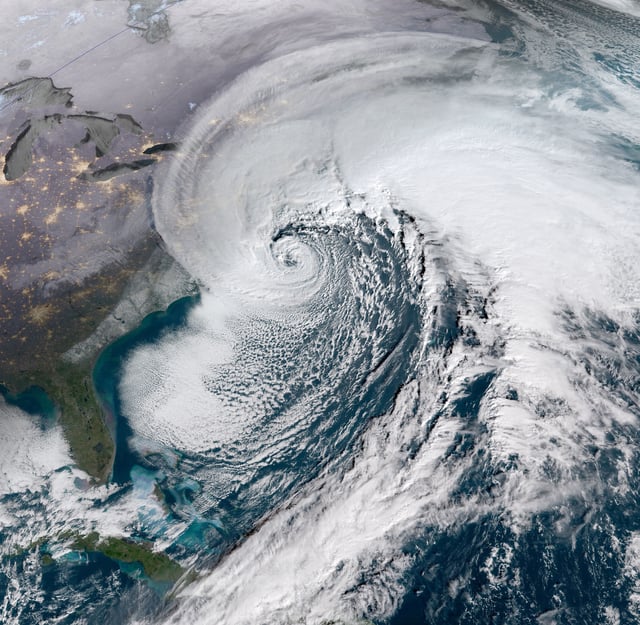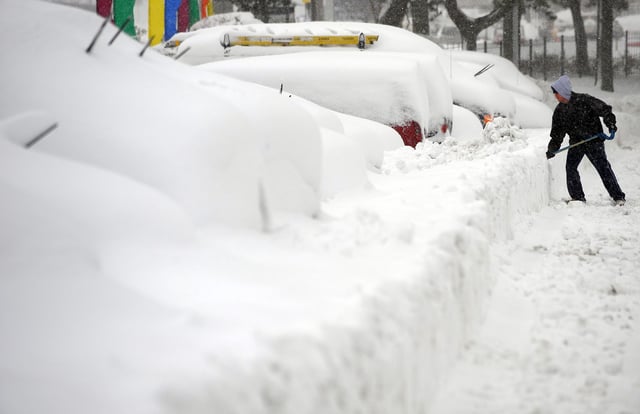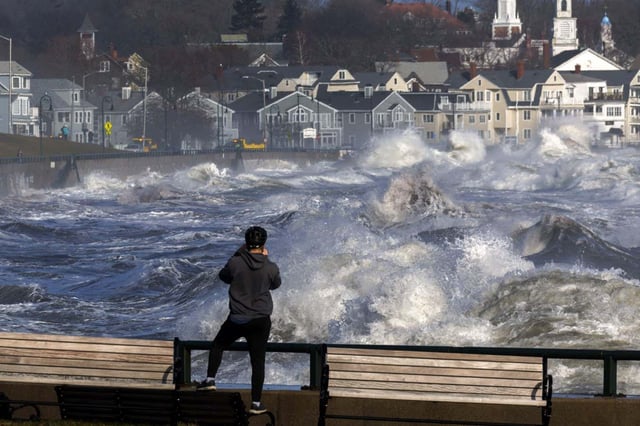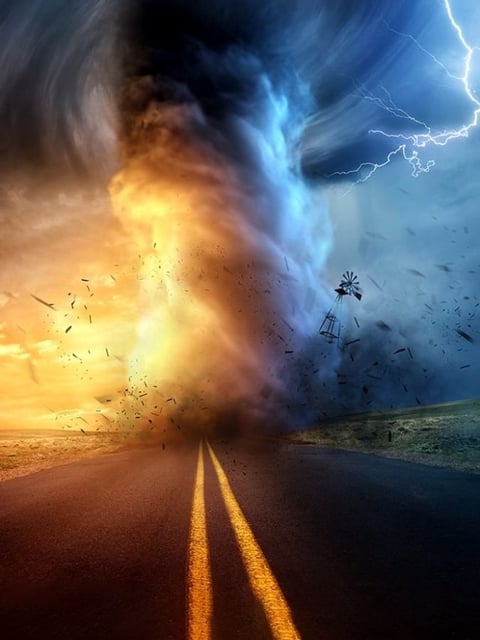Overview
- Analysis of 900 nor’easters from 1940 to 2025 shows peak wind speeds for the strongest storms have increased by 6% and precipitation by 10%.
- Michael Mann notes that a 6% boost in wind speed equates to roughly a 20% jump in destructive potential for these winter storms.
- Researchers attribute the intensification to higher sea surface temperatures caused by greenhouse gas emissions adding moisture and energy to nor’easters.
- Although climate models project fewer nor’easters overall, the ones that do form now carry greater risks of storm surge and inland flooding.
- Scientists and policymakers are urging Northeast coastal communities to update flood risk assessments and enhance preparedness measures to address the escalating threat.



